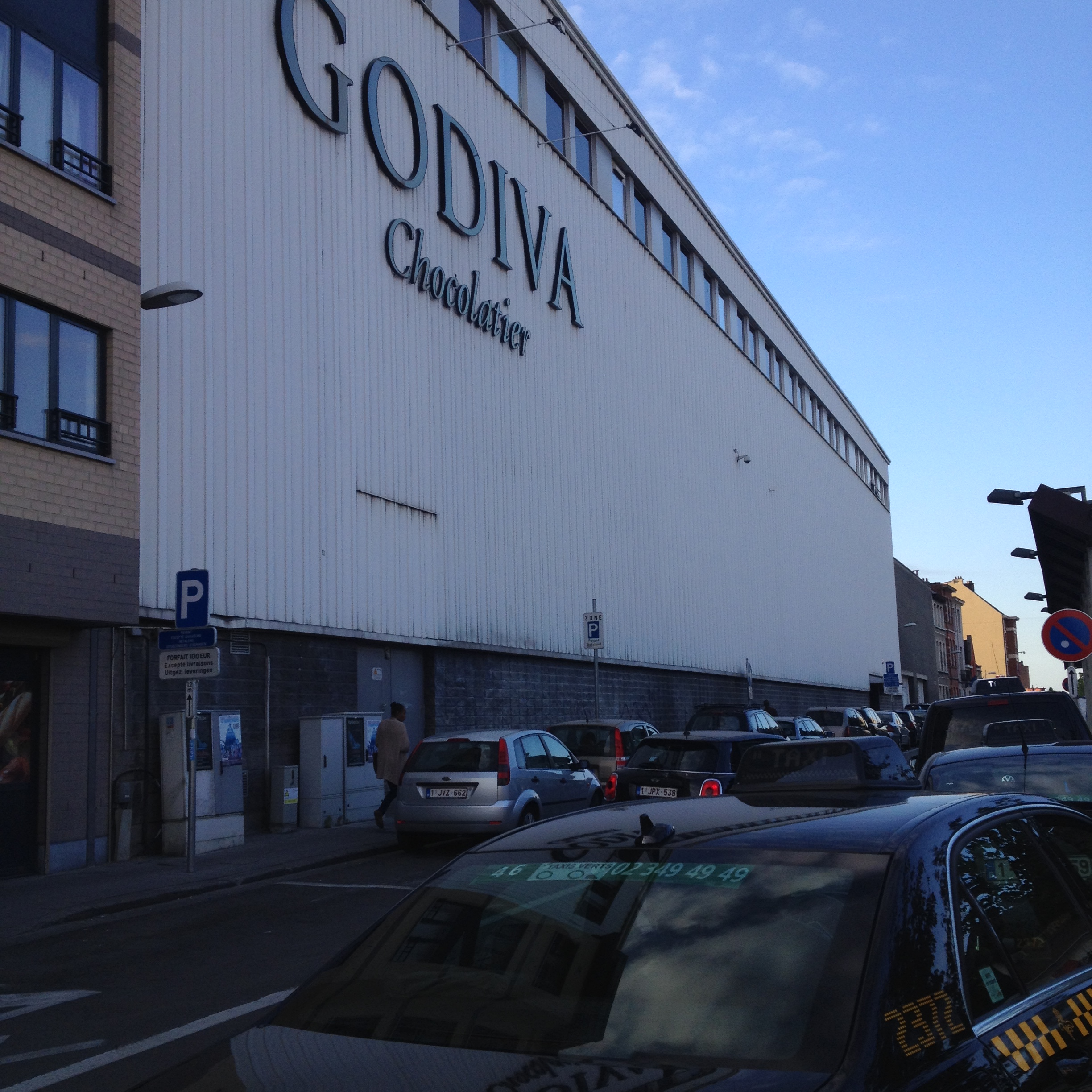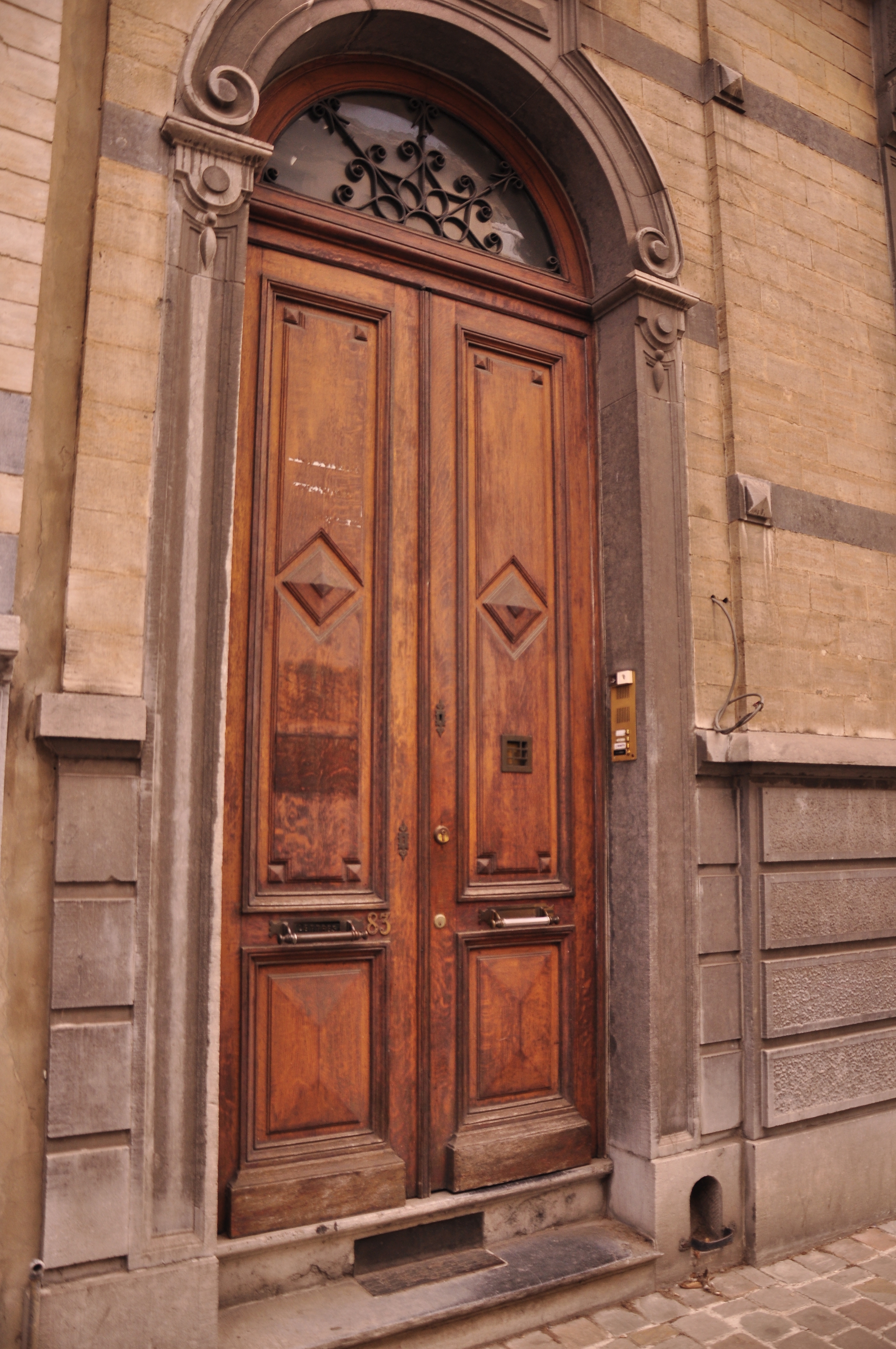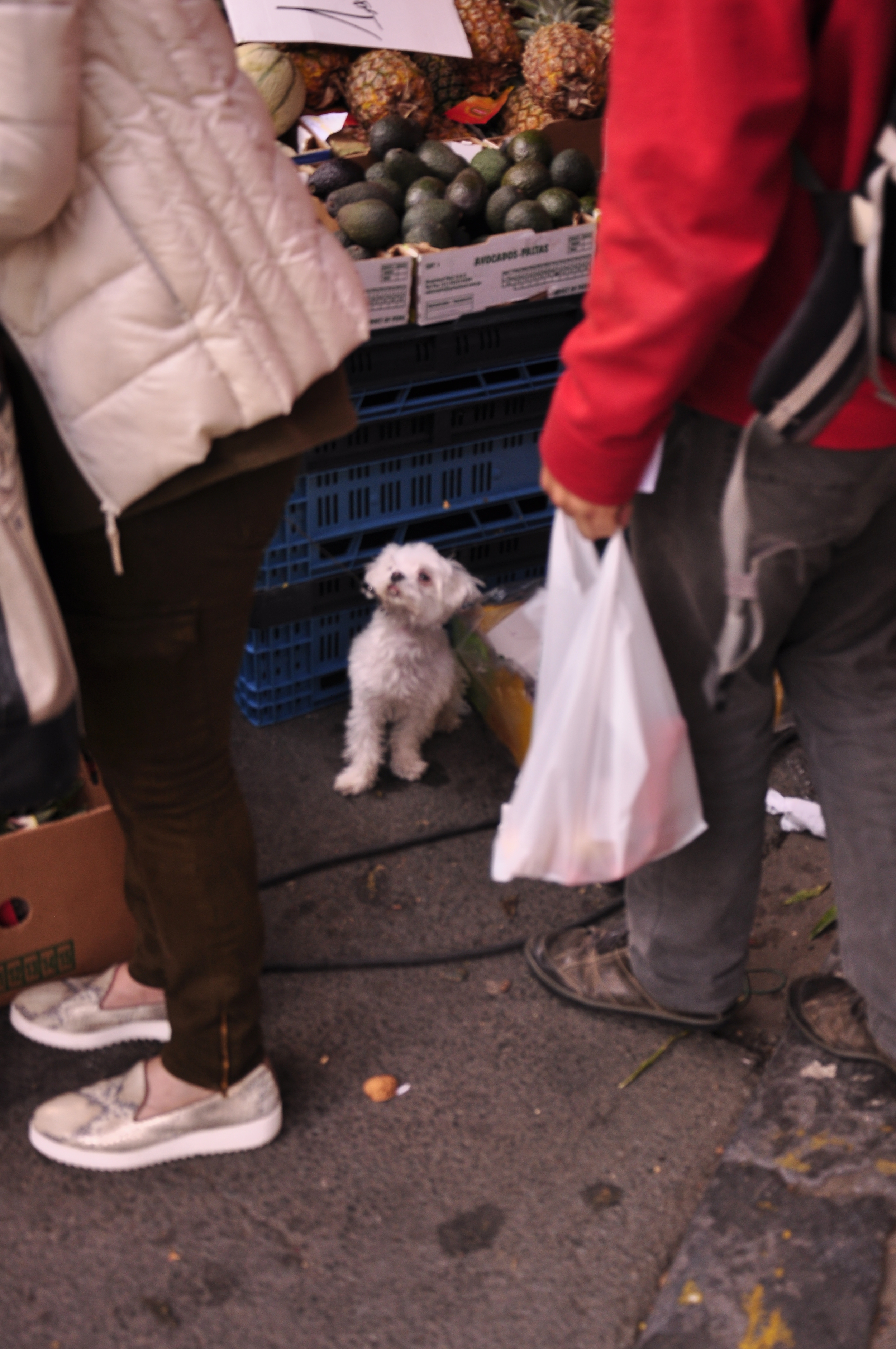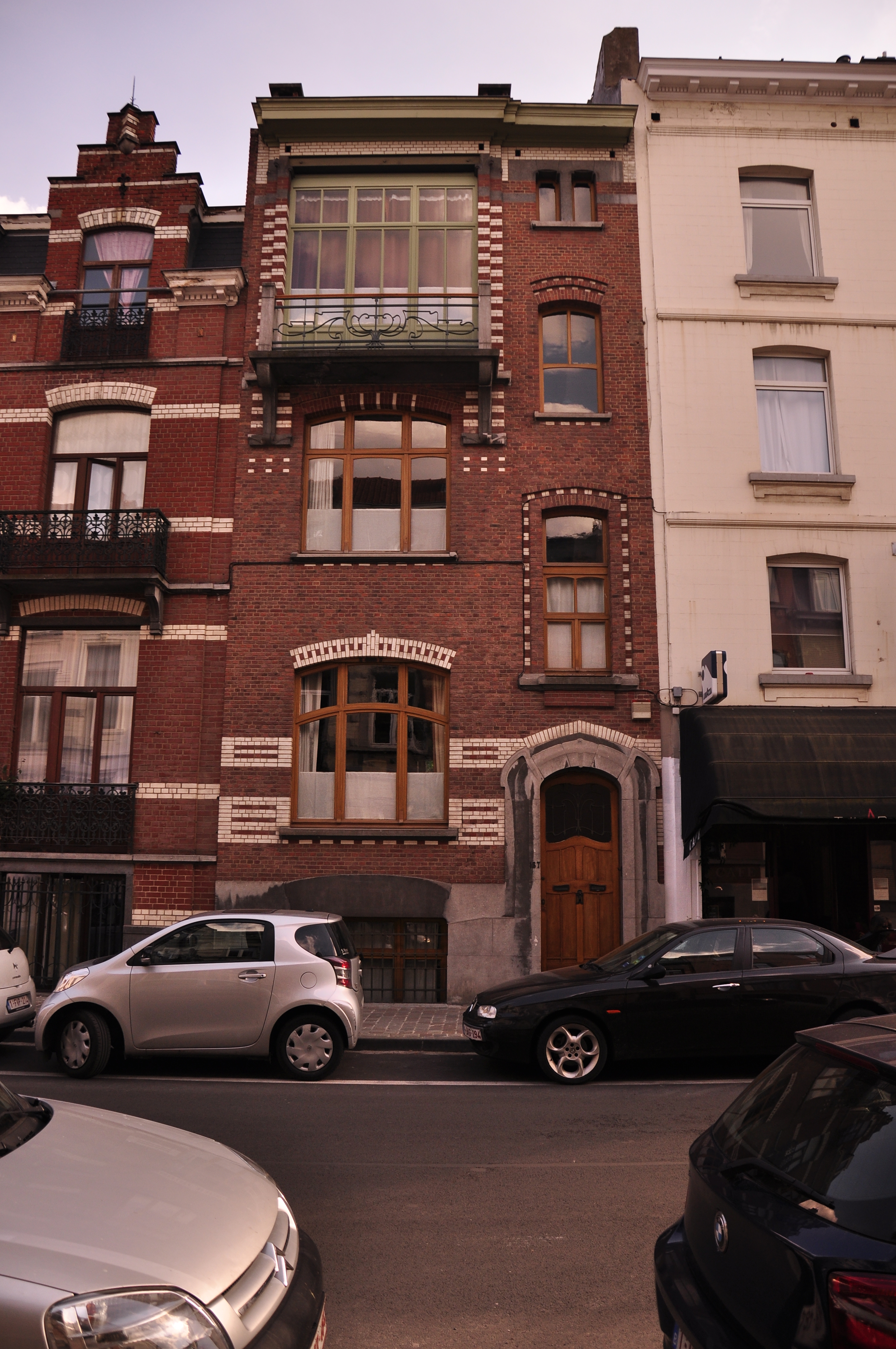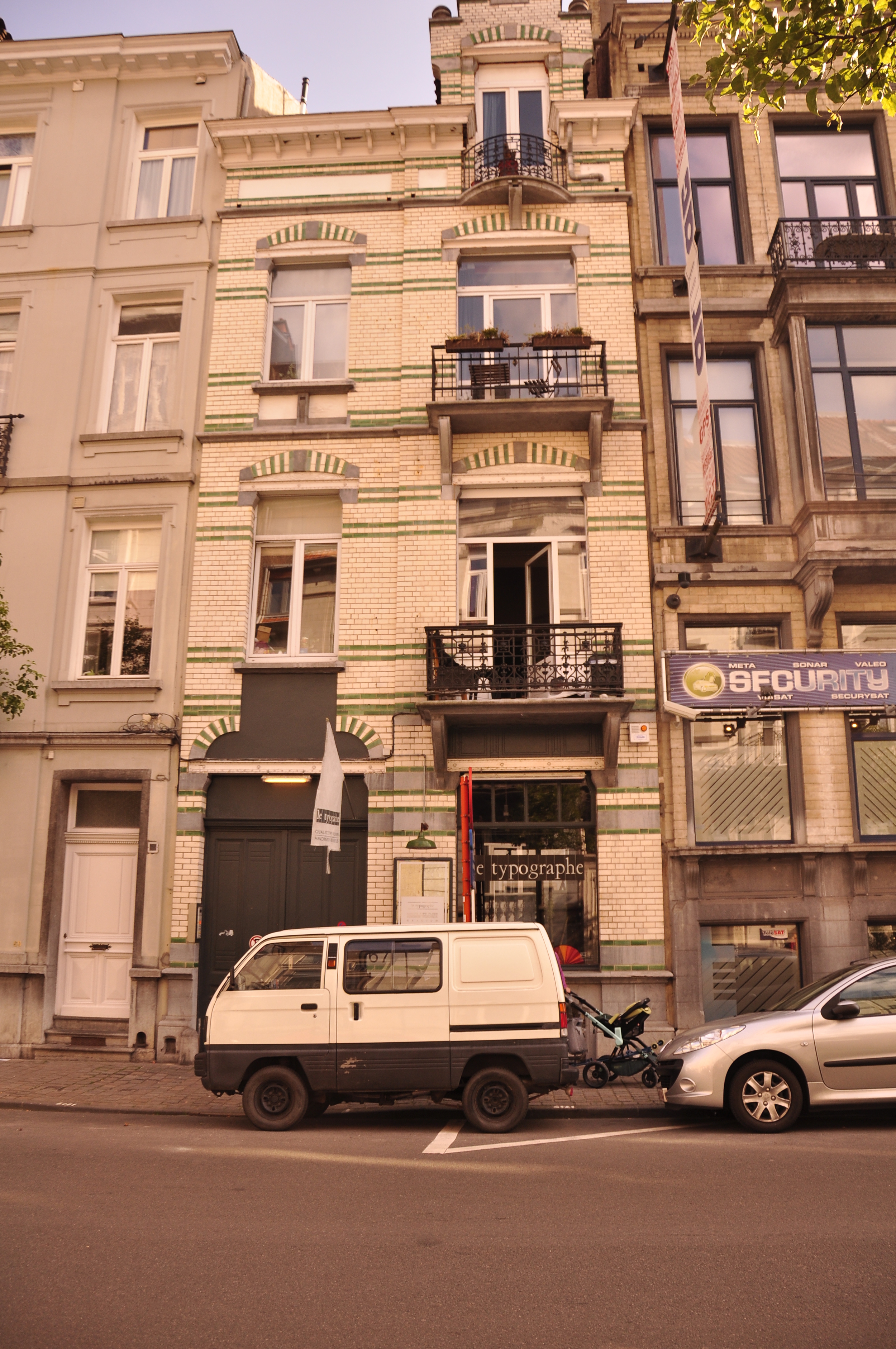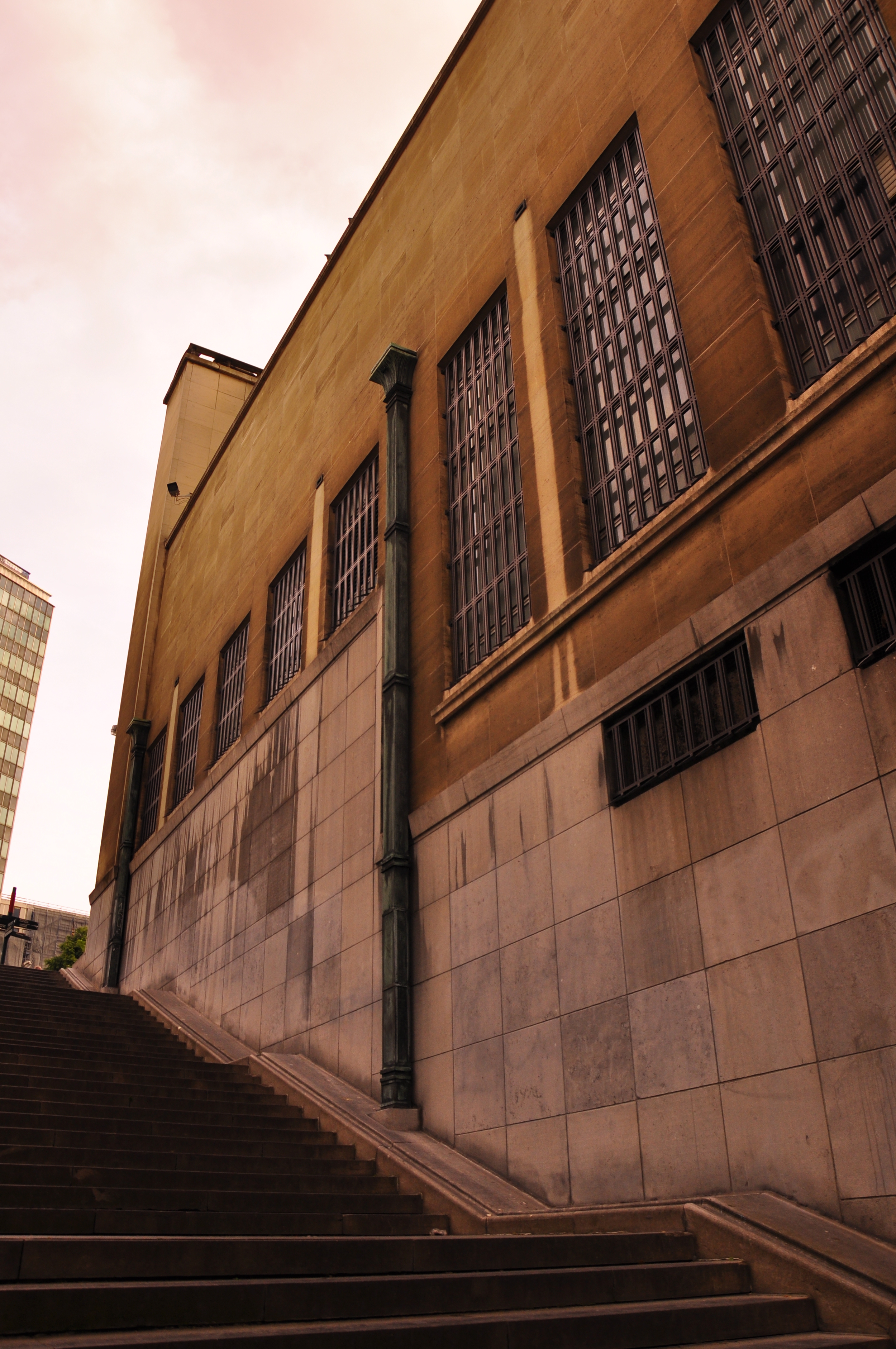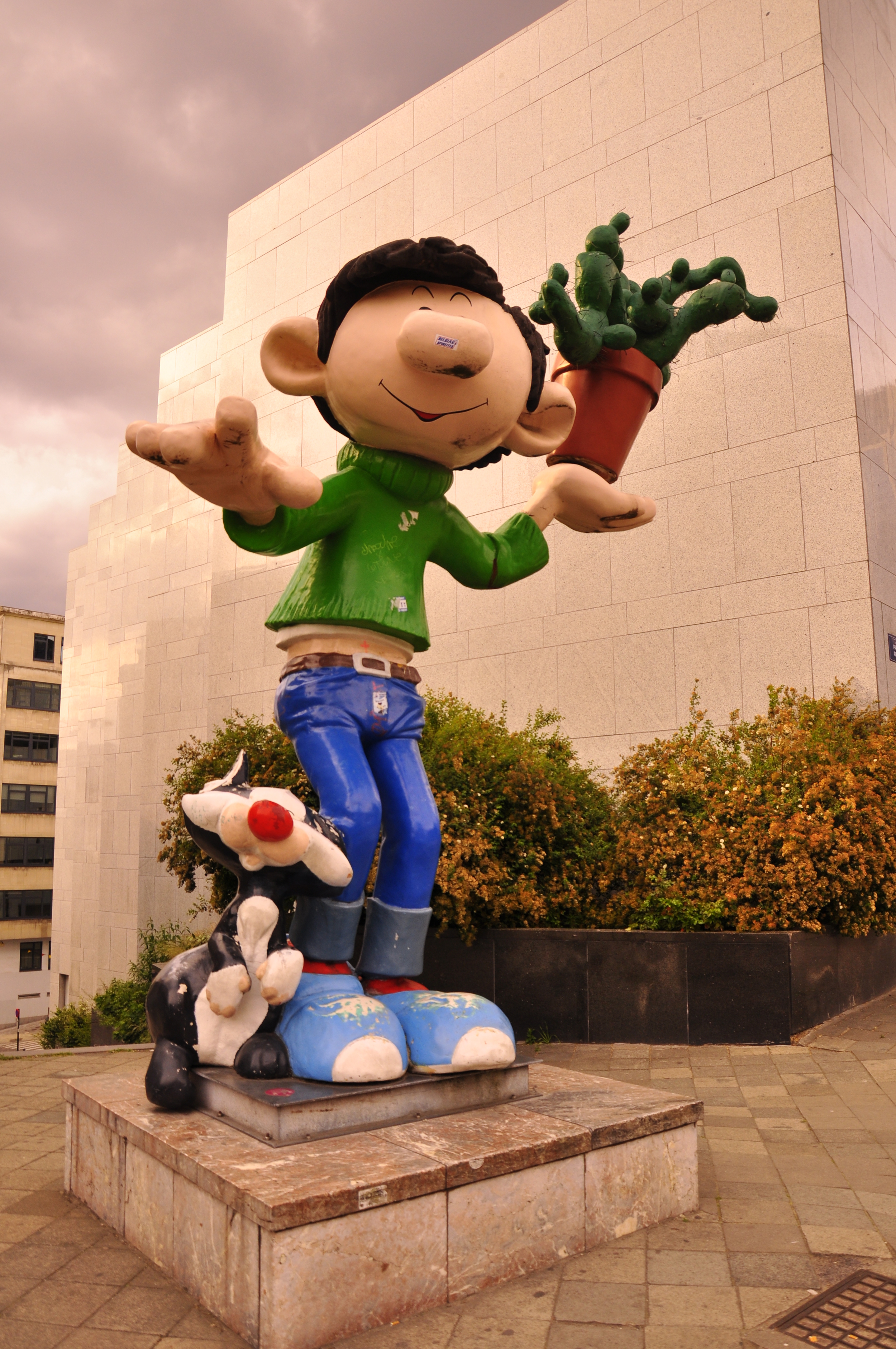Pralines from Leonidas, Grand Place, Bruxelles May 2015
Yay, on to another country! I have to say, one of the most enjoyable aspects of this expedition[1] has been the rail travel. In my opinion, it is so much more convenient than air travel. I think it a shame that in the US we abandoned railroad travel in favor of cars and planes only. Sadly though, no matter which mode of travel, I’m usually asleep for most of the ride.
While I have been to the picturesque medieval city of Bruges, before, Brussels is an entirely different place. As the capital of Belgium, the de facto capital of the European Union, and the headquarters for NATO, Brussels is a highly international city with a pastiche of architectural styles, which exemplify the history of Belgium. Architectural influences derive from France, The Netherlands, Spain, as well as, former Belgian colonies, such as the Democratic Republic of the Congo, Ruanda-Urundi, and even China. Additionally, Brussels is home to a number of notable Art Nouveau buildings designed or influenced by noted Belgian architect and designer, Victor Horta.
Journey Down A Street of Butter
But, before I continue discussing the art and architectural treasures of the city, we all know that my life consists of a several passions—animals, art, science, music, simple toys, literature, and chocolate—which Brussels has by the boatloads! For one, there are dogs everywhere and you can bring them on the metro. I have yet to walk down a street where I wasn’t greeted by a canine. This made me very happy, as I am always homesick for my wonderful and highly intelligent shepherdess-mix, Beauty. Secondly, it makes sense that the city is so dog appreciative when you consider that Brussels was home to celebrated cartoonist, Hergé, famous creator of Tintin and his dog Snowy. And, as I found out, many notable comic strips originate from Belgium, including, The Smurfs, January Jones, and Dickie.[2]
And finally, while there are infinitely many places of art and science in Brussels, one cannot mention Belgium without also mentioning chocolate. Now, there’s chocolate, the Belgian chocolate we know in the US (Godiva, etc.), and then there’s the chocolate preferred by Belgians. You know it’s a sign to start your trip by sampling the local delicacies when the Godiva factory is right next door to your hostel, Hello Hostel. What can I say; chocolate is an irresistible indulgence that I cannot live without!
While I did not visit the Musée du Cacao et du Chocolat, as after going to the AMNH/The Field Museum Chocolate exhibit and a chocolate and wine pairing, I felt I understood the history and chemistry of chocolate. However, after reading an excellent article by Amy M. Thomas in the New York Times, “Brussels: The Chocolate Trail”, I realized I was definitely in for more than a treat.
Though odd as it may seem, chocolate and the history of Belgium’s economic independence are closely related. Belgium, once a part of the Netherlands, declared independence on October 4th, 1830. As a young country, naturally, one of the first tasks was to secure economic independence. Under King Leopold I (1831-1865), Belgium was unsuccessful in their efforts to colonize via their trade routes in unoccupied West Africa. However, through King Leopold II’s (1865-1909) private backing (and initially without the support of the Belgian government) of journalist and explorer, Henry Stanley, an expedition to develop the Congo provided Belgium with financial resources in the form of diamonds, minerals, ivory, rubber, and cacao crops.[3] The Congo was a colony belonging to the Belgian government until the early 1960s and the Congo Crisis.
Despite its ties to an imperialistic past, Belgian chocolate is wonderfully decadent and akin to wine in that the quality and flavor of the cacao are all derived from the terroir, as well as, the decisions of its creator, the chocolatier. So, as one can imagine, not only is Belgian chocolate meant to be consumed, it is also admired for its epicurean artistry and craft. While I sampled delicious chocolates from a number of chocolatiers (Leonidas, Zaabär, and Passion to name a few) my favorites were from Mary, the ninety-six year old chocolatier. Unfortunately, I have no pictures to describe it, but the freshness of the chocolate, fruits, and nuts was indescribable!
A City in Art Nouveau Disrupted
As a lover of Art Nouveau design, I had expected to find many Art Nouveau buildings still preserved in Brussels. Having missed the opportunity to view the Art Nouveau and Art Deco treasures of Paris, I was determined to take as many pictures as I could of this type architecture in Brussels. However, these early twentieth century treasures are not as plentiful as it might seem. So I went on a self-guided pilgrimage to the neighborhood of Saint-Gilles, home to many of Horta’s designs and the Horta Museum, Horta’s home and workshop.
Saint-Gilles is a lovely neighborhood reminiscent of Notting Hill in London. There are many little boutiques, bookstores, cafés, and an excellent farmer’s market. Up until this point[4], I had the most delicious organic strawberries of my life here. They came from Ferme de la barque just about an hour’s drive south of central Brussels; while they were small, they had an aroma, flavor, and texture that was about fifty times their size. Between the bushel of strawberries and my baguette, I had a delightful evening meal as I wondered the streets taking photographs of Horta houses.
To someone with a preference for more post-World War I/II design styles, Art Nouveau may seem very old fashioned. However, the style sought to know about the world and exemplify its beauty through craft and advances in technology rather than to construct a new one. Art Nouveau has a sensual allure that references organic structures of plants, animals, and the feminine form. As the height of the style was also parallel to the robust age of technological inventions of the late nineteenth and early twentieth centuries, it was viewed as being connotative of “simpler time.” While personally, I am unsure if I could live in a house such as Horta’s, I find that I am attracted to the style as it attempts to capture the intangible and achieve a harmony with natural forms because I believe that biological structures and functions are the truest and purest form of architecture and systems of organization.
Through the progression of Horta’s designs, one can see that as time progressed so did his allegiance to more traditional architecture. Horta adopted a more curvilinear dialogue in everything from façade and glazing treatments, to doorknobs and furniture. I can honestly say that I never appreciated this strengthened change in aesthetic until I saw the casts Horta made for his custom brass and ironwork pieces that were on display at the Horta Museum. This attention to detail was evident in all the treatment of materials, finishes, and arrangement of rooms throughout the house, as one feels as though the house is inviting you into all the formal and public areas while limiting entrance to the private rooms reserved for the family. I felt like a molecule traveling through a capillary and permitted access to cross the blood-brain barrier. It was a rare treat![5]
My Love Affair with Henri Cartier-Bresson Has Reached a New Level
While Brussels was full of many sensory delights, I will always remember it and the Musée Juif de Belgique for being the place where mere admiration for Henri Cartier-Bresson and Magnum Photos turned into true love. I kid you not, I was so excited to see the photographs that, as I was going through a security screening with an extremely handsome national guardsman[6], I did not realize that my emergency tampons had fallen out of my key purse until it was time to put things back into my pockets and he said in French, “A lot of things in those pockets.” I turned bright red and we both laughed.
Literally days before leaving for this trip, a friend of mine returned one of my favorite books of Cartier-Bresson’s work, Europeans, to me and we discussed the intriguing nature of the photographs and how much I wanted to see them in person. The moment I stepped into the first of four floors of his work, and saw that it was dedicated to all the photographs from Europeans, I wished so much that I could have shared this moment with my friend. All of the photographs are these elegant leitmotifs of the everyday “that fixes a precise moment in time” (Henri Cartier-Bresson). Even the simplest of subjects, such as blowing smoke from a cigarette, becomes an endless story. My honest enthusiasm at seeing the photographs must have been very visible, as one of the gallery assistants gave me a catalogue about the exhibit and said, “For you.”
Basta, Basta, Basta, Roberto!
I had an enjoyable stay at the Hello Hostel, and I highly recommend it to any traveler staying in Brussels. It is very clean, secure, and the owners create a jovial atmosphere for their guests by playing music and tending bar in the evening. I met lovely people from New Zealand, Hong Kong, and Canada, and escaping from trouble with her boyfriend Italian. Roberto, I don’t know who you are or what you did that was posted all over Facebook, but I will never like you for disturbing all of our sleep every twenty minutes at 2am with your pleading phone calls.
Though an ongoing theme of this trip is ‘I wish I had more time,’ I’m really excited to be heading to my next city and seeing my dear friend, Lindsay.
[1] As coined by my friend and studio mate, Will Eatough.
[2] At the Museum of Design and Drawing, one can find out everything about the origins of these comics.
[3] Belgium’s Independence (1830-present).
[4] Through the course of this trip, you will see that strawberries became a go to meal. Perhaps the delightful sweetness is tied to the fact that June’s moon is called the Strawberry Moon.
[5] Sadly, I was not allowed to take photographs inside the Horta House. But, Noah, if you are reading this, the swerving tile corners of the salon and dining room are very sexy and inviting. They give a sense of wanting one to become a part of the room and its events than being an observer.
[6] I was saddened to learn of the attacks that took place at the museum nearly a year ago from my friend, the national guardsman. In these troubled times, one should be learning about the beauty of other cultures, as this museum provides, not destroying the lives of innocents just because of differences.



